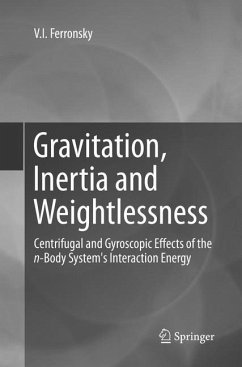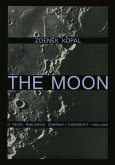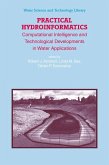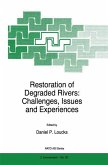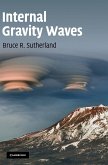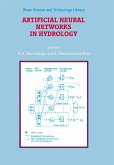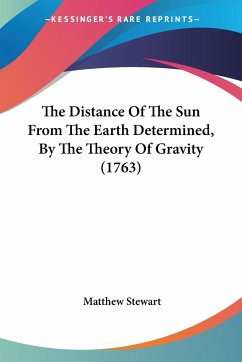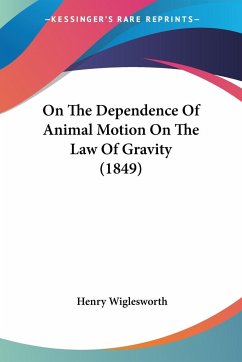This work discusses the problem of physical meaning of the three main dynamical properties of matter motion, namely gravitation, inertia and weightlessness. It considers that Newtonian gravitation and Galileo's inertia are the centrifugal effects of interaction energy of a self-gravitating n-body system and its potential field. A self-gravitating celestial body appears to be an excellent natural centrifuge that is rotated by the energy of interacting elementary particles. Weightlessness is a consequence of the centrifugal effect of elementary particles interaction that appears at differentiation of a body matter with respect to density.
The author analyzes the problem of creation of mass particles and elements from the elementary particles of "dark matter", and discusses the basic physics of the Jacobi dynamics from the viewpoint of quantum gravitation. Chapters assert that the fundamentals of Jacobi dynamics completely correspond to conditions of natural centrifuges. The centrifuge is an excellent experimental model for the study of dynamical effects in solving the many body problem. In this book, readers may follow the demonstration of some of those studies and follow derivations, solutions and conclusions that provide a solid basis for further research in celestial mechanics, geophysics, astrophysics, geo- and planetary sciences.
The author analyzes the problem of creation of mass particles and elements from the elementary particles of "dark matter", and discusses the basic physics of the Jacobi dynamics from the viewpoint of quantum gravitation. Chapters assert that the fundamentals of Jacobi dynamics completely correspond to conditions of natural centrifuges. The centrifuge is an excellent experimental model for the study of dynamical effects in solving the many body problem. In this book, readers may follow the demonstration of some of those studies and follow derivations, solutions and conclusions that provide a solid basis for further research in celestial mechanics, geophysics, astrophysics, geo- and planetary sciences.

